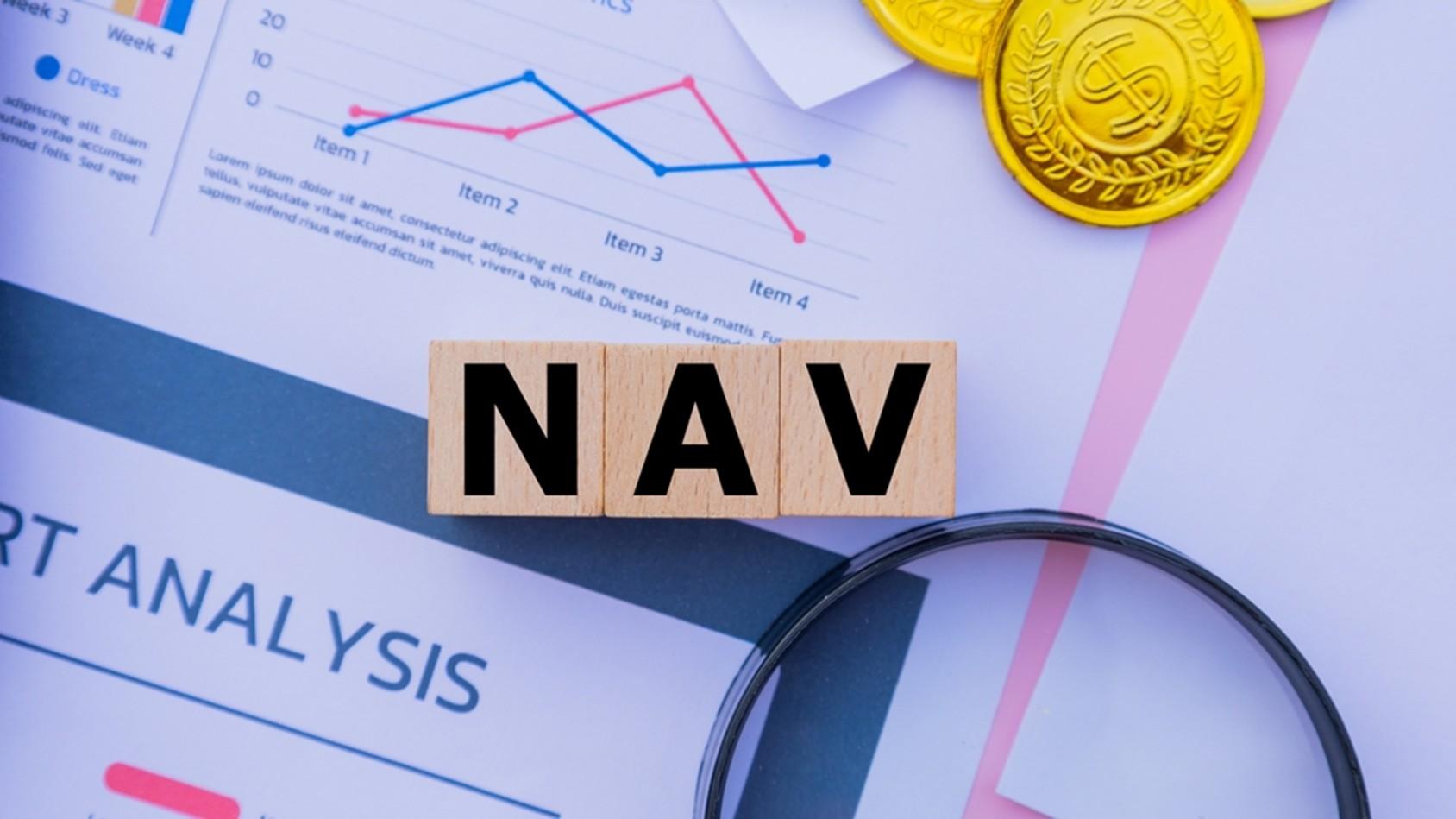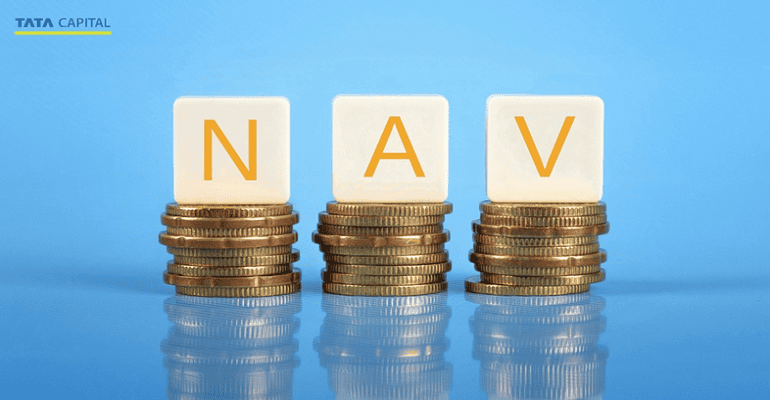Ever stared at a mutual fund’s Net Asset Value (NAV) and wondered what it says? Many first-time investors believe a lower NAV means a better deal. The reality? Mutual fund NAV is just a snapshot of a fund’s per-unit value. It doesn’t reveal performance, growth, or potential returns.
So, what is the meaning of NAV in a mutual fund? Let’s know in detail.
13 Things every investor should know about mutual fund NAV
Understanding NAV is key to smarter investing. Here are some important factors every investor should keep in mind:
1. The meaning of mutual fund NAV is per-share market value.
Mutual funds collect money from investors, invest it in stocks, bonds, and other assets, and divide ownership into units. The mutual fund NAV is the net value of those assets divided by the number of units.
2. A low NAV doesn’t mean a cheap fund.
Many investors mistakenly believe that a fund with an NAV of Rs. 10 is “cheaper” than one with Rs. 100. NAV tells you nothing about performance. What matters is the fund’s track record, portfolio, and management.
3. NAV doesn’t determine returns.
Say Fund A has an NAV of Rs. 20 and Fund B has Rs. 50. If both invest in the same companies, their values rise or fall in the same proportion. Whether you invested in Rs. 20 or Rs. 50, your profit percentage is the same.
4. You can check the NAV daily.
Every fund publishes its NAV daily. You can check it on investment platforms, fund houses’ websites, or aggregator portals. Simply search for the fund’s name, and its NAV will be displayed.
5. NAV and AUM are different.
Mutual fund NAV is the per-unit price. Assets Under Management (AUM) is the total money managed by the fund. AUM shows the size and scale of the fund, which is often more useful than NAV when evaluating investments.
6. The NAV you receive when buying units depends on the time of the transaction.
If you buy before 3 pm on a working day, you’ll get that day’s NAV. After 3 pm, your order is processed on the next working day’s NAV.
7. The NAV you receive when redeeming units depends on the time of the transaction.
The same rule applies. Before 3 pm, you sell on that day’s NAV. After 3 pm, the next working day’s NAV applies.
8. NAV updates once daily.
The mutual fund NAV isn’t live as stock prices. It gets updated once a day after the market closes and, as per SEBI rules, it's published by 9 pm.
9. High NAV is not a reason to avoid a fund.
A high NAV doesn’t mean the fund is “expensive.” It just means the fund has been around for longer or has grown more. Always look at performance, not the number.
10. Sensex and Nifty can influence NAV.
Depending on the fund, movements in the Sensex and Nifty influence large-cap funds that invest in top companies. Mid-cap and small-cap funds may also feel the ripple effect.
11. NAV is different from stock prices.
The stock price changes in response to changes in demand and supply. Mutual fund NAV doesn’t. It only reflects the underlying value of the fund’s assets. That’s why NAV can’t be overvalued or undervalued.
12. SIP or lump sum doesn’t change NAV.
Whether you invest through SIP (monthly) or lump sum (one-time), the NAV is the same. The difference lies only in how and when you invest.
13. NAV can fall.
Mutual fund NAV can decrease if the value of the fund’s holdings declines. Small dips are normal, just like your weight fluctuates day to day without meaning much in the long run. Don’t panic-sell - look at long-term performance.
Take charge of your mutual fund NAV
Now that you understand the meaning of NAV in a mutual fund, you know that what matters is how the fund performs, who manages it, and whether it matches your financial goals. To simplify your investments, consider the Tata Moneyfy app. This platform provides real-time mutual fund NAV tracking, a comprehensive suite of options, SIP calculators, and personalized investment insights - all in one place.
Take the first step towards confident investing with Tata Moneyfy.
Popular Searches
Learn Center
Mutual Fund Investment
Calculators
FAQs
NAV is the per-unit price of a fund’s total assets minus liabilities. While it doesn’t indicate performance, it can help you track your investment’s growth.
NAV = (Total value of fund’s assets – liabilities) ÷ Number of units.
Stock prices depend on market demand. NAV depends on the value of assets and liabilities held by the fund, unaffected by market demand or trading volume.
AUM represents the total assets the fund manages. A larger AUM can indicate stability and investor confidence, while a smaller AUM may provide flexibility but also carry a higher risk.
A lower NAV doesn’t mean a fund is better. Returns depend on fund performance, asset allocation, and management, not the nominal NAV. Always look at the bigger picture before investing.
 4 mins read
4 mins read
 Previous Post
Previous Post

















